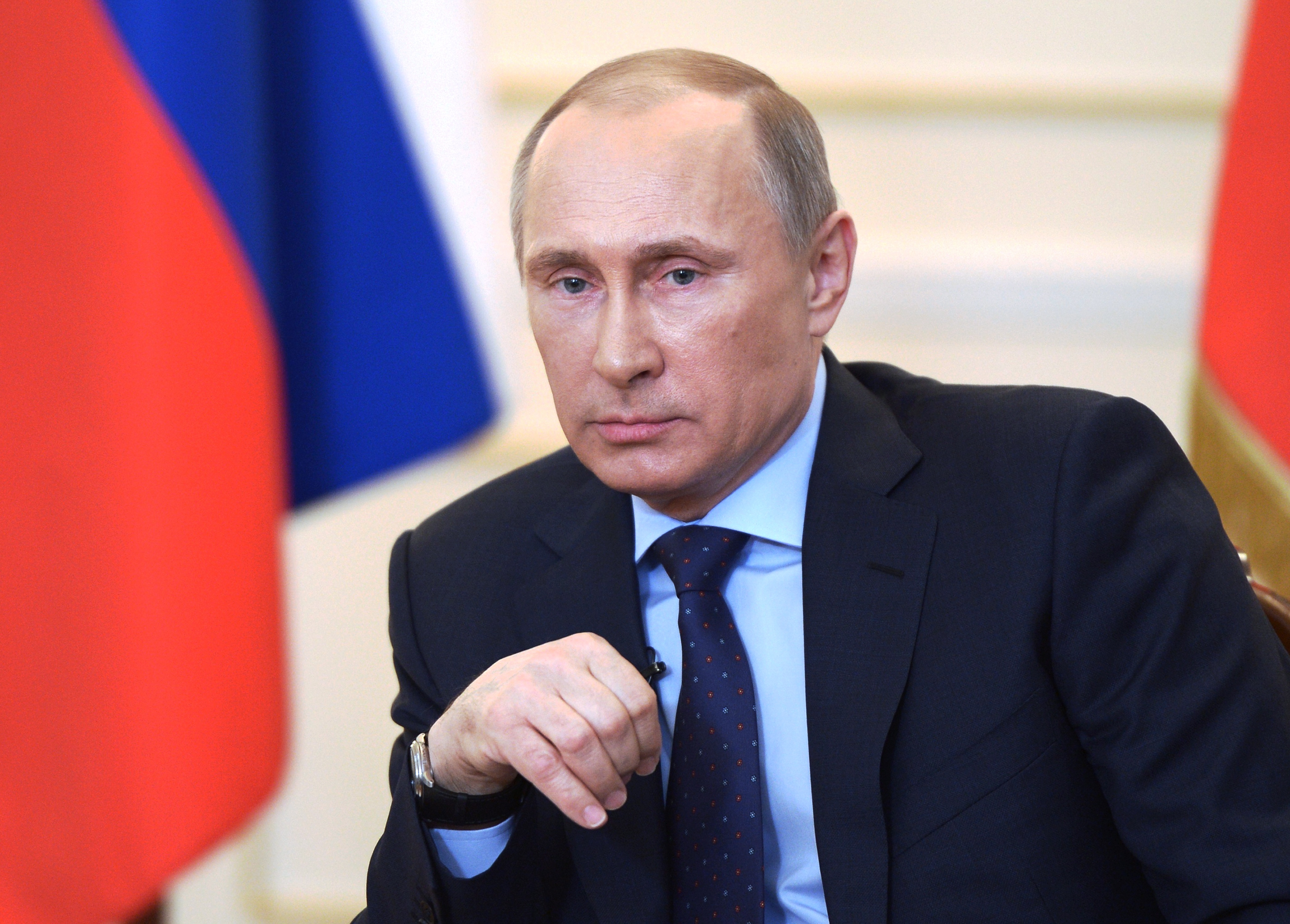In its attempt to undercut Putin, the United States has a powerful tool in its arsenal, House Speaker John Boehner, R-Ohio, declared on the House floor Wednesday: our abundant supply of natural gas. The best way to “support the Ukrainian people and confront Russian aggression,” Boehner charged, is for the U.S. Department of Energy to speed up the approval of natural gas exports.
But if natural gas is bad news for Putin, then Putin is very bad news for fracking.
Russia is the world’s biggest exporter of natural gas, and as such holds a powerful position over Ukraine, along with much of Europe. But thanks to our recent fracking boom, the United States is natural gas’s biggest producer. The fossil fuel has been critical to our energy independence: By 2011, 95 percent of natural gas consumed in the U.S. was produced domestically. The most recent U.S. Energy Information Administration outlook report projects that natural gas production will increase 44 percent, from 23 trillion cubic feet in 2011 to 33.1 trillion cubit feet in 2040; almost all of that increase is attributed to shale gas production:
So far, we haven’t exported any of it to Europe. That’s going to change, though — the Energy Department has already approved six permits for energy companies to begin exports in 2015, and there are at least 18 more currently under review. Republicans have been pushing to expand exports for some time now. But as the conflict between Russia and Ukraine ramps up, so has their determination to speed up the Energy Department’s approval process.
It will be a few years still until natural gas could start flowing out of the country, so none of this is an immediate solution — or a solution at all — to problems in Europe. But Carlos Pascual, who leads the State Department’s Bureau of Energy Resources, told the New York Times that it nonetheless “sends a clear signal that the global gas market is changing, that there is the prospect of much greater supply coming from other parts of the world.”
The question is, at what cost? Once the gas starts flowing overseas, fracking will have to increase to keep up. It’s unclear how much natural gas the U.S. will realistically export, but as of its most recent approval, the Energy Department has authorized 8.5 billion cubic feet of natural gas exports per day. About 60 to 70 percent of those exports, according to EIA forecasts, will come from new production; about three-quarters of that will consist of fracked shale gas.
One of the many ironies in all this is that it’s allowed Putin to position himself as an anti-fracking environmentalist. As the Daily Beast noted, though, his true reasons for opposing fracking have little to do with clean water and everything to do with Russia’s geopolitical and economic position. Ukraine has its own natural gas reserves; fracking could help it reduce its reliance on Russia. Just last year, ousted President Viktor Yanukovych was boasting that deals struck to explore and exploit the country’s shale gas formations would allow Ukraine “to have full sufficiency in gas by 2020 and, under an optimistic scenario, even enable us to export energy.” This only added to the threat already hovering over Russia from the U.S.
Even if political motivations belie Putin’s concern over the environment, though, it’s not like he’s wrong about all that. The Department of Energy itself lists some of the issues associated with fracking for shale gas: They include the large amount of water required; the potential for contamination should the chemical-laden fracking fluid leak or spill; the challenge of treating and disposing of wastewater; and even the risk of earthquakes. To those, we can add air pollution, carbon dioxide and methane emissions. The U.S., by making itself an international source of natural gas, will be the one to shoulder those costs.


